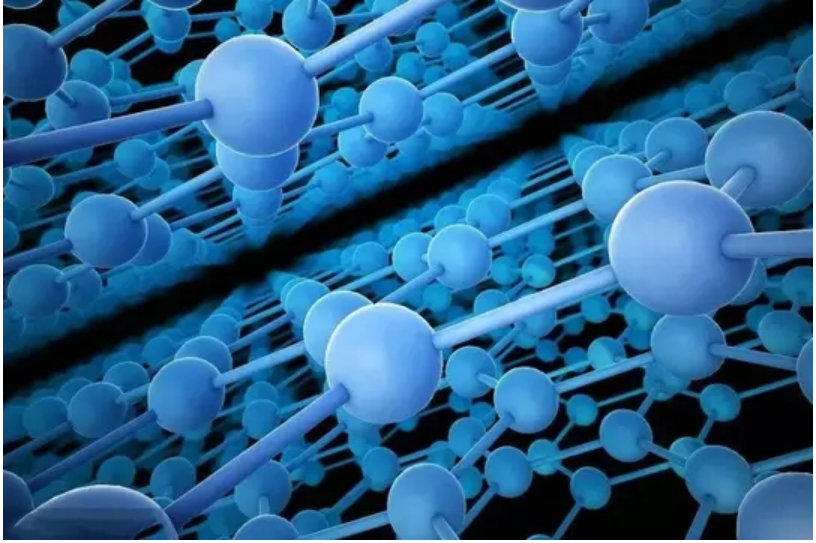Graphene Coating Production Process
The production of graphene-based coatings involves several key steps, including raw material preparation, dispersion, formulation, mixing, application, and curing. The process is designed to ensure that graphene is uniformly distributed in the coating matrix, enhancing its mechanical, electrical, and protective properties. Below is a comprehensive breakdown of the production process.

1. Raw Material Preparation
The first step involves selecting high-quality graphene materials and other key ingredients required for the formulation of the coating.
Key Raw Materials:
- Graphene or Graphene Derivatives: Typically, graphene oxide (GO), reduced graphene oxide (rGO), or functionalized graphene is used to improve dispersion.
- Binders/Resins: These include acrylic, epoxy, polyurethane, or waterborne polymers, depending on the coating application.
- Solvents or Water: Used as a medium for dispersing graphene and other additives (e.g., ethanol, acetone, or water for waterborne coatings).
- Dispersants & Surfactants: These help prevent graphene from agglomerating and ensure uniform distribution.
- Functional Additives: Anti-corrosion agents, UV stabilizers, conductive fillers, or antimicrobial agents, depending on the desired properties.
2. Graphene Dispersion & Stabilization
Graphene tends to aggregate due to strong van der Waals forces, so it must be properly dispersed before mixing with other coating components.
Dispersion Methods:
- Ultrasonication: High-frequency sound waves break apart graphene layers and improve dispersion in the solvent or polymer matrix.
- High-Shear Mixing: Uses strong mechanical forces to separate graphene sheets and distribute them evenly.
- Ball Milling: A mechanical method to mix graphene with solvents and other dispersing agents.
- Chemical Functionalization: Surface modification of graphene to improve compatibility with the coating matrix (e.g., oxygen functional groups for waterborne systems).
Quality Control Checks:
- Particle size analysis using dynamic light scattering (DLS).
- Zeta potential measurement to ensure stable dispersion.
- Viscosity testing to optimize fluid properties.
3. Coating Formulation & Mixing
Once the graphene dispersion is stabilized, it is mixed with binders, solvents, and other functional additives to create the final formulation.
Key Steps:
- Binder Addition: The selected resin (acrylic, epoxy, polyurethane) is added to the graphene dispersion.
- Additive Integration: Anti-corrosion agents, UV stabilizers, and conductivity enhancers are introduced.
- Solvent Adjustment: The viscosity and consistency of the coating are adjusted by adding solvents or water.
- Homogenization: The mixture undergoes continuous stirring, ultrasonication, or mechanical agitation to maintain uniformity.
Formulation Considerations:
- Graphene Concentration: Typically 0.1–5% by weight to optimize performance without excessive viscosity increase.
- Viscosity Control: Ensures ease of application via spraying, dipping, or brushing.
- Stability Testing: Evaluates sedimentation and phase separation over time.
4. Coating Application Methods
The graphene-based coating is applied to the desired substrate using various techniques depending on the industry and application.
Common Application Techniques:
- Spray Coating: Preferred for automotive, aerospace, and industrial coatings due to uniform thickness and high efficiency.
- Dip Coating: Used in electronic components and corrosion-resistant applications, ensuring complete substrate coverage.
- Brush/Roller Coating: Applied for construction materials, marine coatings, and anti-corrosion treatments.
- Electrophoretic Deposition (EPD): A controlled method for applying graphene coatings to conductive substrates.
- Spin Coating: Used in high-precision applications such as flexible electronics and thin-film coatings.
Quality Control After Application:
- Film Thickness Measurement: Ensures the correct amount of graphene coating is deposited.
- Surface Morphology Analysis: Scanning Electron Microscopy (SEM) checks for uniform dispersion.
- Adhesion Testing: Cross-cut tests ensure strong bonding to the substrate.
5. Curing & Drying
Once applied, the graphene coating undergoes curing to enhance its mechanical and chemical resistance.
Curing Methods:
- Heat Curing: Involves baking the coating at elevated temperatures (e.g., 120–200°C) for polymerization.
- UV Curing: Used for rapid drying in applications like automotive and electronics coatings.
- Air Drying: Common for waterborne coatings in construction and general industrial use.
- Chemical Curing: Uses crosslinking agents to enhance adhesion and mechanical strength.
Post-Curing Quality Tests:
- Hardness Test: Determines scratch and impact resistance.
- Chemical Resistance Test: Evaluates performance against acids, solvents, and salt spray.
- Electrical Conductivity Test: Ensures proper graphene dispersion for conductive coatings.
6. Packaging & Storage
Once the coating is fully cured and tested, it is packaged for distribution.
Packaging Considerations:
- Airtight Containers: Prevents moisture absorption and oxidation.
- Shelf-Life Testing: Ensures long-term stability (typically 6–24 months).
- Labeling & Certification: Includes technical data sheets and safety information.
7. Final Quality Control & Performance Testing
Before commercialization, graphene-based coatings undergo final validation tests based on industry standards.
Key Performance Tests:
- ASTM Salt Spray Test: Evaluates corrosion resistance for marine and industrial applications.
- Abrasion Resistance (Taber Test): Measures durability under mechanical wear.
- Electrical Conductivity Measurement: Ensures coatings meet conductive requirements for EMI shielding.
- Weathering & UV Exposure Tests: Determines long-term stability in outdoor environments.
Conclusion
The production of graphene coatings involves a meticulous process that ensures optimal dispersion, formulation, application, and curing. Graphene’s unique properties, including high conductivity, superior mechanical strength, and corrosion resistance, make it an essential additive in next-generation coatings. By optimizing dispersion techniques, selecting the right binders, and refining the curing process, manufacturers can develop high-performance graphene-based coatings for various industries, including automotive, aerospace, construction, and electronics.

